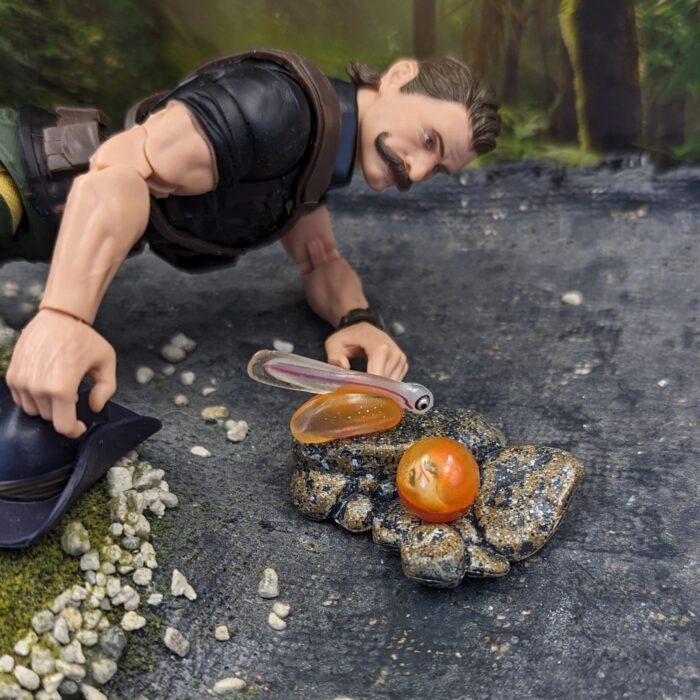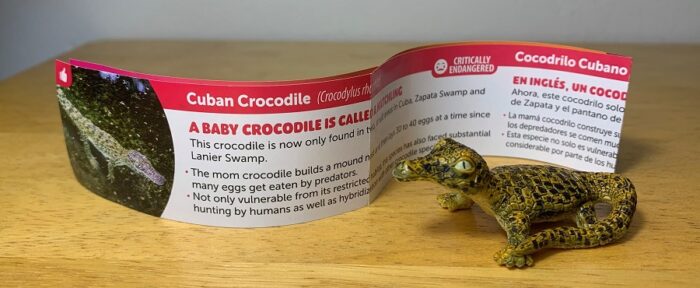This figure is the Chum Salmon egg and alevin (hatchling), Oncorhynchus keta, number 19 in Book 2, but the number 15 is stamped into it—and it’s another Special Secret (I am reposting these based on the model numbers)! The difference with this one is that the numbering would appear to place it in the Series 2 set—but the papers for series 2 start at model 16 (although they restart at 1 within each Book), so it’s a little unusual for the Secret to be ‘first’ in the series.
Type: Baby Animal
Chimpanzee with baby, 2010 (Wild Safari Wildlife by Safari Ltd.)

This toy (#295929) was released in 2010, the same year Safari Ltd retired an earlier and very similar sculpt of a chimpanzee with baby (#272229, released 1998). So, in effect, this model was a direct replacement, and a notable upgrade.
The young chimp is piggybacking on the adult and convincingly looks like it’s clinging on tightly.
Tiger, Standing Adult and Cub (Wild Animals by Papo)
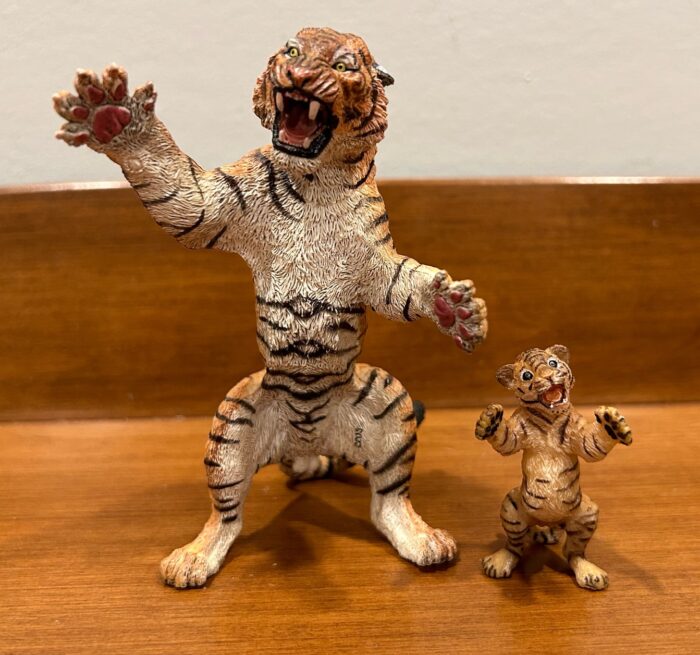
Review and images by Suspsy; edited by bmathison1972
The charismatic Bengal tiger (Panthera tigris tigris) is the nominate tiger species and probably the one that most people envision in their minds when you mention tigers to them. Native to the Indian subcontinent, it rivals the Siberian tiger for the title of world’s biggest living cat.
Eurasian Wolf, Adult and Pup 2022 (Wild Animals by Papo)

Happy spooky season to everyone! I hope this article finds you in good spirits to enjoy a spooky old bed time story. The topic is on the Papo wolf pair (Canis lupus) introduced in 2022, #50283 and #50284 respectively, but our story begins in Europe… La Beté du Gèvaudan is a longstanding horror story from Southern France.
Life Cycle of a Monarch Butterfly (Safariology by Safari Ltd.)
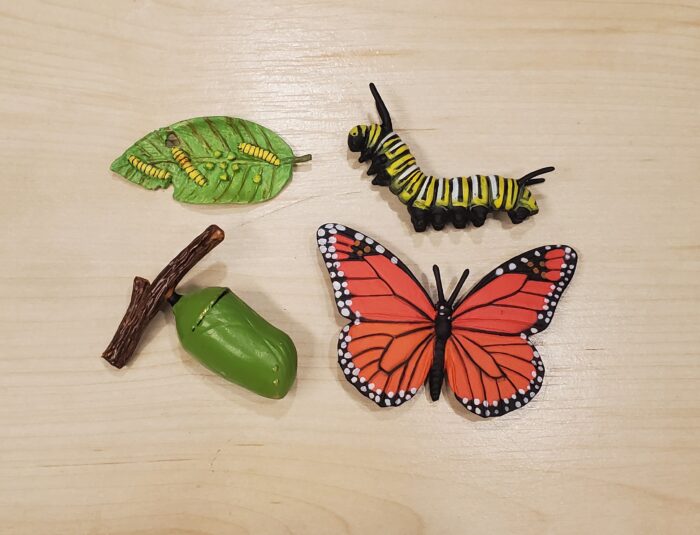
The monarch, Danaus plexippus, is probably the most commonly made species of butterfly. It’s been made by several major company, including CollectA, Safari Ltd (at least five times), Papo, and K&M International (at least twice), and is a common edition to insect and butterfly tubes, blister packs, and box sets ( couple examples on the Blog, here and here).
Cuban Crocodile (Baby Animals by Yowie Group)
Hippopotamus, adult (2018) and calf (2020) (Wild Life Africa by Schleich)
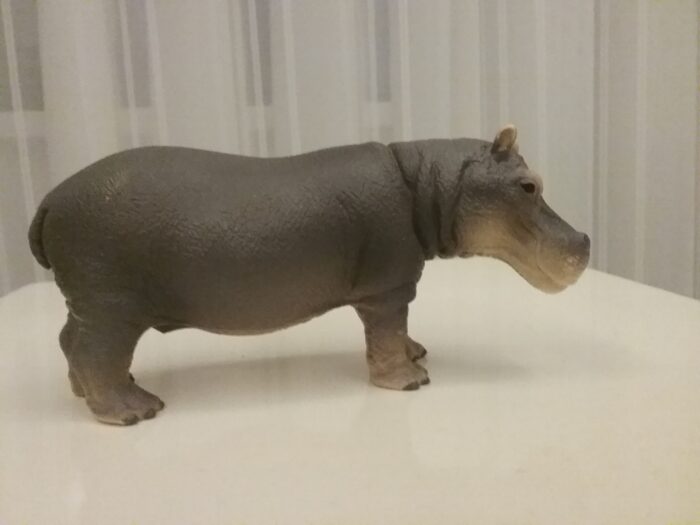
Review and images by Hippocollector; edited by bmathison1972
Hippopotamuses, or hippos (Hippopotamus amphibius), are very big and funny-looking animals that spend most of their time in water. Don’t let their cute appearance fool you! They are one of the deadliest animals that live in Africa and are very territorial, so it’s not the best idea to roam in their territory, so let’s look at small and safe hippos instead!
Indian Rhinoceros, calf (Wild Life Asia by Schleich)

Review and images by Suspsy; edited by bmathison1972
A baby Indian rhino (Rhinoceros unicornis) is born after a gestation period of nearly 16 months. Its weight at birth ranges between 80-100 lbs and it can stand up sturdily on its own feet within an hour. The baby is cared for entirely by its mother, who will often trample down tall plants to provide food for her little one.
Lobster Moth, caterpillar (Diversity of Life on Earth – Caterpillars Vol. 2 by Bandai)

For the most part, adult moths in the family Notodontidae (commonly referred to as the ‘prominents’) are relatively drab moths, at least in the Northern Hemisphere. There are exceptions, of course, but in general they are fairly non-descript (to the casual observer) brown and grey moths typical of those seen at a porch light on a warm, humid summer’s eve.
Sperm Whale, adult and calf (Monterey Bay Aquarium Collection by Safari Ltd.)
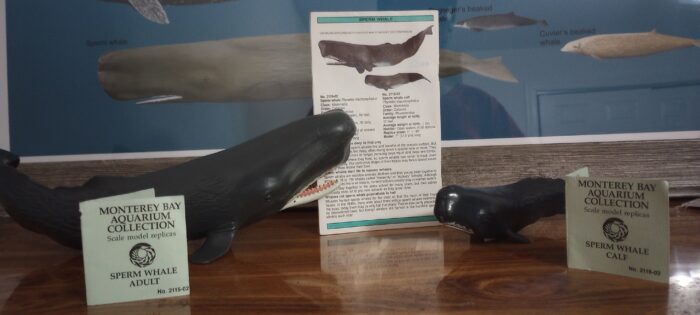
For author’s summary of species look here
This will be the last review of a cetacean species from the Monterey Bay Aquarium collection, the sperm whale adult and calf pair.
The adult female measures 29 cm, which corresponds to an 11.6 m whale at the marketed 1:40 scale. Above, you can see it scales well with the Safari Sea Life giant squid (24.5 cm/9.8 m) and the CollectA basking shark (22 cm/ 8.8 m).
Caterpillars to Go (Club Earth)
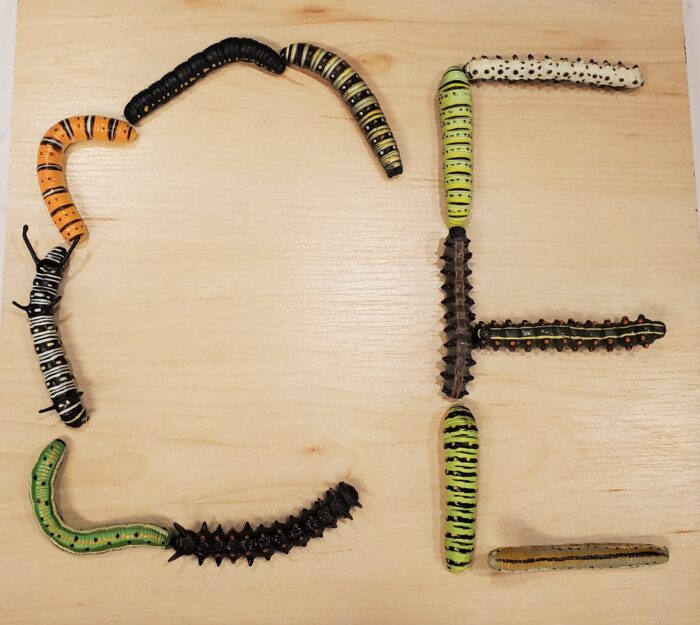
Nearly two years ago to the day, I reviewed Club Earth’s Butterflies to Go collection after acquiring the last figures for that Holy Grail collection. Now today I get to do the same thing for the Caterpillars to Go collection, again having received the last figure in this Holy Grail Collection.
Killer Whale, adult and calf (Monterey Bay Aquarium by Safari Ltd.)

For the author’s overview of this species, please see this review
Despite many killer whale figures having been produced, it has been about 2 years since I’ve last covered this species. Most of them tend to fall short of my standards, but maybe things will be different for the Monterey Bay Aquarium series that rarely leaves me disappointed.

